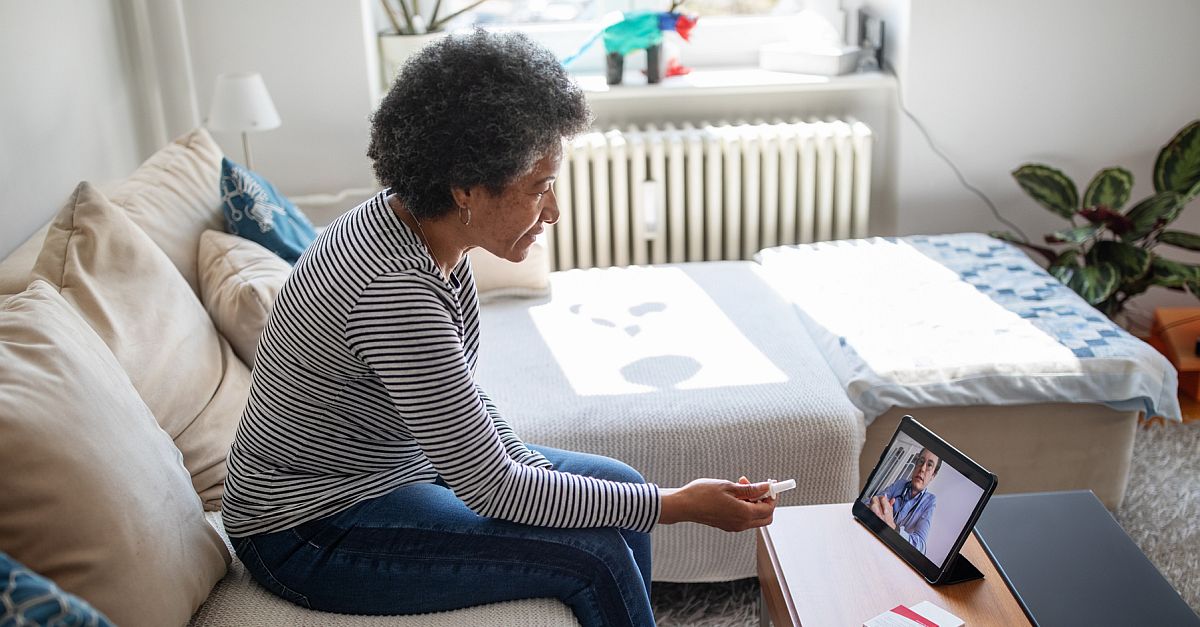The COVID-19 pandemic has significantly disrupted the diagnosis and care of patients with cancer in 2020. The long-term consequences of this disruption remain to be seen, but it is anticipated that delays in screening and cancer care may result in a setback in the number of patients diagnosed and successfully treated. During the spring, when lockdowns went into effect across the United States, the number of cancer screenings plummeted, leaving an unknown number of people unaware that they have cancer. It has been suggested there may have been hundreds of thousands of missed exams during that time. According to one estimate, the number of weekly diagnoses for some of the most common cancer types dropped by about 50% during the first months of the pandemic, with slow recovery. These delays may have a significant impact over time. It is estimated that pandemic-related delays in screenings and cancer care thus far will result in about 10,000 excess deaths from breast and colorectal cancer alone over the next decade. Disruptions also occurred among previously diagnosed patients, who may have postponed care to avoid potential SARS-CoV-2 exposure from going to their doctor’s office or clinic. As discussed in an earlier edition of Altitudes, a majority of patients diagnosed with various cancers reported delays in care when lockdowns were at their peak.
Unfortunately, most cancer screenings require in-person tests that can’t happen virtually. However, telemedicine may offer an opportunity to expand the reach of oncologists to patients who are at high risk or have already been diagnosed. As previously reported, telemedicine enables ongoing care while minimizing exposure risks during the COVID-19 pandemic.
High level: As we approach the end of 2020, it is clear that SARS-CoV-2 remains a threat to population health. While outpatient visits are still well below pre-pandemic levels, screenings are beginning to increase again. To sustain this upward trend, processes to mitigate risk of disease transmission must continue to evolve. These include strategies such as designating separate rooms for appointments with immunocompromised patients, increased telehealth visits where possible, increased transparency regarding COVID-19 statistics, and greater steps to ensure patient and staff protection.
Ground level: In the era of COVID-19, oncology practices have had to be creative in how they provide care to patients. Strategies to avoid—as much as possible—the problem of delays in diagnostics, monitoring, and treatment without increasing the risk of contamination have become a key focus. Implementing telehealth visits (see related Altitudes edition) and providing virtual support enables doctors to meet with more patients in a safe environment. When appropriate, some patients may need to be reminded that the potential danger from skipping monitoring appointments and treatments might be greater than that of COVID-19, particularly in areas where transmission rates are lower. If patients are nervous and/or have unique risk factors, it may be helpful to talk through the risks and benefits prior to making an in-person appointment.

